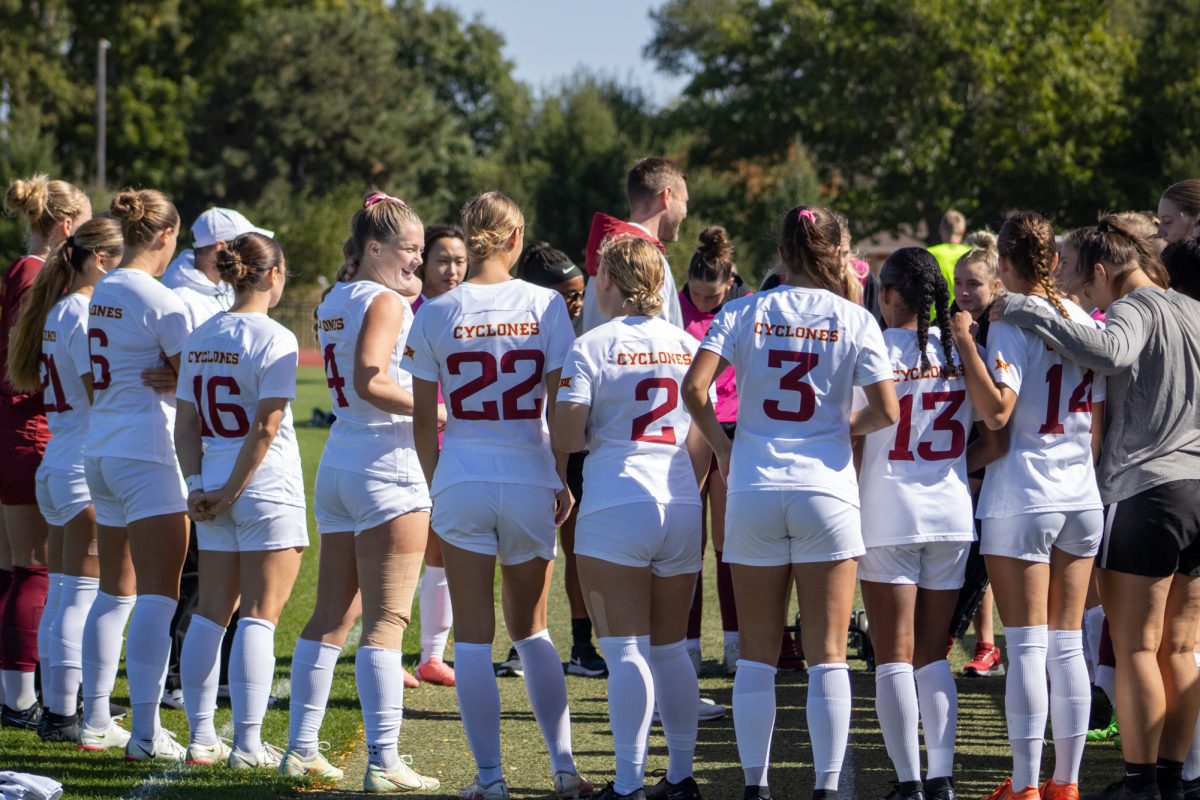National broadband opens connections
July 14, 2010
Correction: It was incorrectly stated that Iowa State and the University of Iowa would receive grant money for the national broadband project. The universities, as major research institutions, will benefit from the grant, but not receive any money. The Daily regrets the error.
Jumping on the technological bandwagon, the Obama administration recently shelled out $795 million in loans and grants to help expand broadband service across America. Outside sources also gave $200 million for the expansion, bringing the total up to $1 billion.
With plans of investing in 66 new American Recovery and Reinvestment Act broadband projects, the administration hopes to create 5,000 new jobs and help spur economic development.
Vasant Honavar, ISU professor of computer science, said, “Universal broadband access has become as important to the advancement of the American ideal of equal opportunity in the 21st century; as universal access to education and electric power and phone service were in the last.”
ARRA will give $90 million in loans and grants to the state of Iowa for broadband projects. The Iowa Communication Network will also receive a $16.2 million grant to create a 3,000-mile fiber-optic telecommunication network.
“UNI will be the one that will benefit from ICN the most,” said Sheila Doyle, communication officer at the Iowa Board of Regents. “The ICN will increase the availability of online courses.”
Iowa State and the University of Iowa, along with other national research universities, will benefit from a $62.5 million, plus $34.3 million from application-provided match, for the United States Unified Community Anchor Network project.
The U.S. UCAN project will create a nationwide, high-capacity network. The network will be used by 100,000 community anchor institutions, which includes Iowa State and Iowa, for highly advanced network features.
The nationwide network will be connected through 30 research and education networks. Broadband Optical Research, Education and Science Network, 1 of the 30 networks, is comprised of four upper Midwest research institutions, including Iowa State and Iowa.
“[A nationwide broadband network] is a great project for Iowa State to be involved in,” said Jim Davis, ISU vice provost for Information Technology and Chief Information Officer. “I think we’re really looking at the creation of a new national research network; and Iowa State is at the table, which is a very positive thing.”
For Iowa State, the nationwide broadband network will help the university connect with distant students via videoconferencing and telepresence. It will also help ISU faculty connect with professors from across the world.
“Because the data sources and their users are geographically distributed — and because modern science is increasingly a collaborative enterprise — high speed, high bandwidth networks are extremely important for scientific research,” Honavar said.
While the nationwide broadband service will help Iowa State, the main benefactor of the interconnectivity will be normal Americans.
“As more and more services ranging from shopping to health care are delivered through the internet, citizens who do not have access to broadband are likely to be increasingly cut off from the rest of the society, thereby widening the gap between the digital have’s and have not’s,” Honavar said.
Although the U.S. was the country that invented the Internet, it has only the 28th fastest Internet speed in the world. The nationwide broadband network will increase the speed of the Internet, allowing the U.S. to regain its superior position in the Internet speed war.
Honavar said, “Without universal broadband access, the United States will be unable to compete with the rest of the world in most areas of modern life including education, health care, national security and the economy.”






